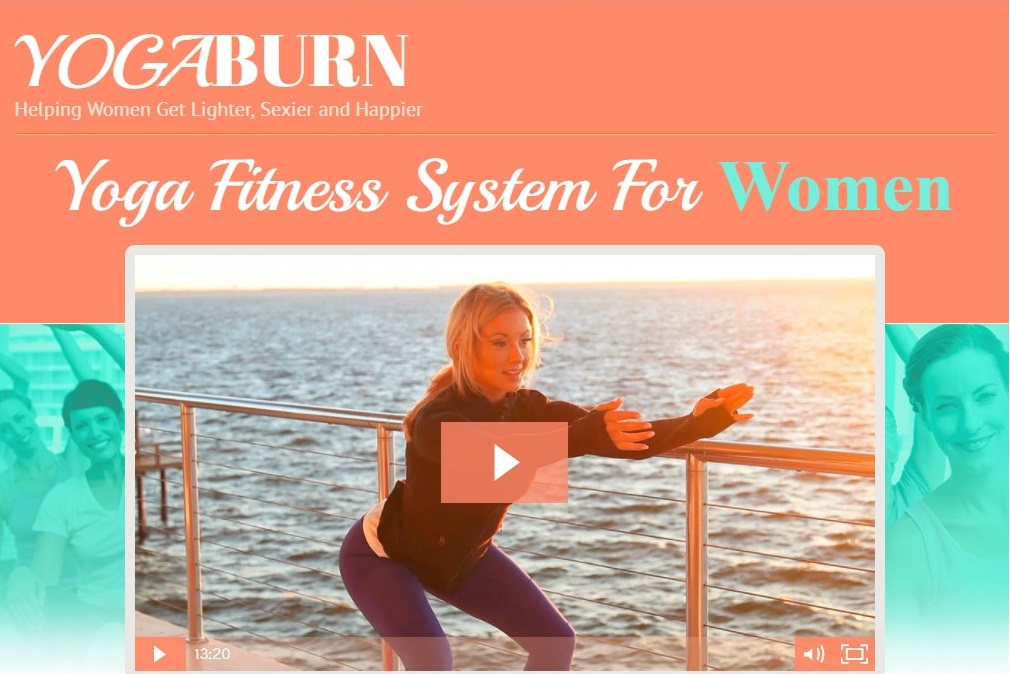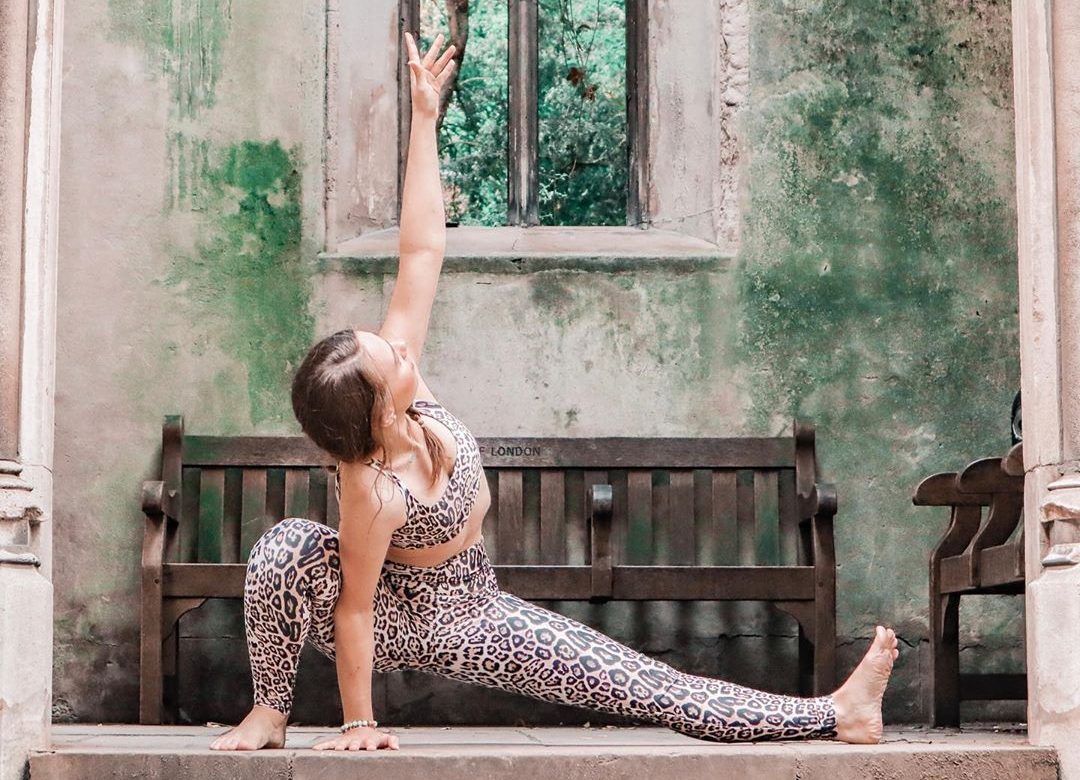Yoga hip openers
Many yoga sessions have the theme of opening the hips. If you are a beginner in yoga, you may wonder why so many teachers focus on this area of the body? You may have noticed that you feel good after a session based on opening your hips, and that's perfectly normal. Today I will explain how and why to work on opening the hips in yoga. Is it possible to improve the flexibility of this area of the body? What are the benefits? At the end of this article, I also share with you some postures to do to help you on this path. Let's get started!
Having stiff hips
In order to understand the intention behind these postures, we need to go back to some notions of anatomy. Indeed, the hips are a joint placed at the base of the spine. Here I teach you nothing. In fact, they provide the link between the femur bone (in the thigh) and the pelvis.
The psoas muscle is one of them. It is inserted into the spine (in the lumbar area) and ends up in the inner thigh (on the top of the femur). The iliac muscle extends from the iliac fossa (the inside of the hip) to the end of the femur.
There are also these famous adductors: the muscles that stretch when you do the splits. They go from the pubis to the femur and allow in particular to :
- to bring the legs closer one against the other
- to make flexion and rotation movements of the leg.
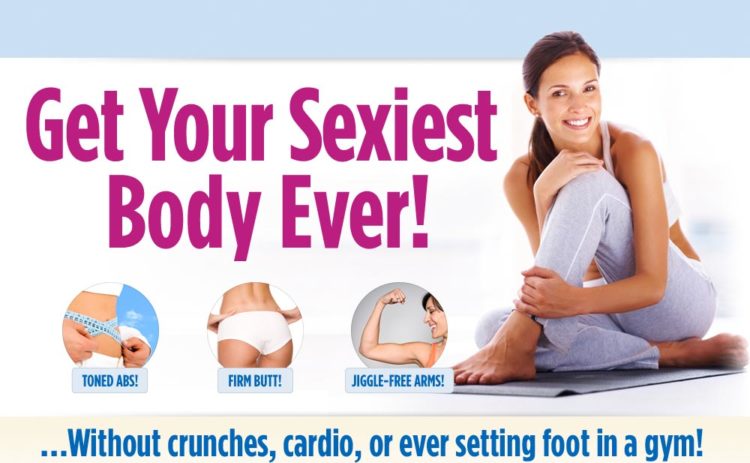
The hips, an important area for our survival!
Finally, we can say that the hip joint is at the origin of all leg movements. This area of the body is therefore essential to our survival. Indeed, it allows us to flee in case of danger and to place ourselves in the fetal position in order to protect our vital organs. For this reason, the connection between the hips and the brain via the nervous system must be made very quickly, like a reflex. This is what explains the crowd movements. When danger is felt, people do not think about what to do, but start running instantly.
However, one of our protective reflexes has become, over time, a problem for our sedentary lives. Indeed, naturally, our hips react in case of stress in the body to preserve us. However, even when we are stressed for any reason other than immediate danger (work, family life, health concerns...), these hip muscles will automatically contract. Thus, our muscles gradually stiffen and we store a multitude of negative emotions inside this area.
In our current lives, we also spend a lot of time sitting without stretching, which contributes to our hips staying closed and contracted.
Little by little, these muscles and tendons that were very flexible in our childhood are stiffening. It is then impossible to bend down to tie shoelaces, to crouch, to touch our feet with outstretched legs or to sit in a suit with our knees touching the ground.
Furthermore, when the hips are blocked, we tend to have a curved back when sitting because the hips have a great impact on our posture. Indeed, it is more complex to straighten your spine when the hips lack flexibility. We stand more slouchy. The nape of the neck sinks into the shoulders... The rib cage is low. The belly is compressed and one breathes less well. An observation not very reassuring...
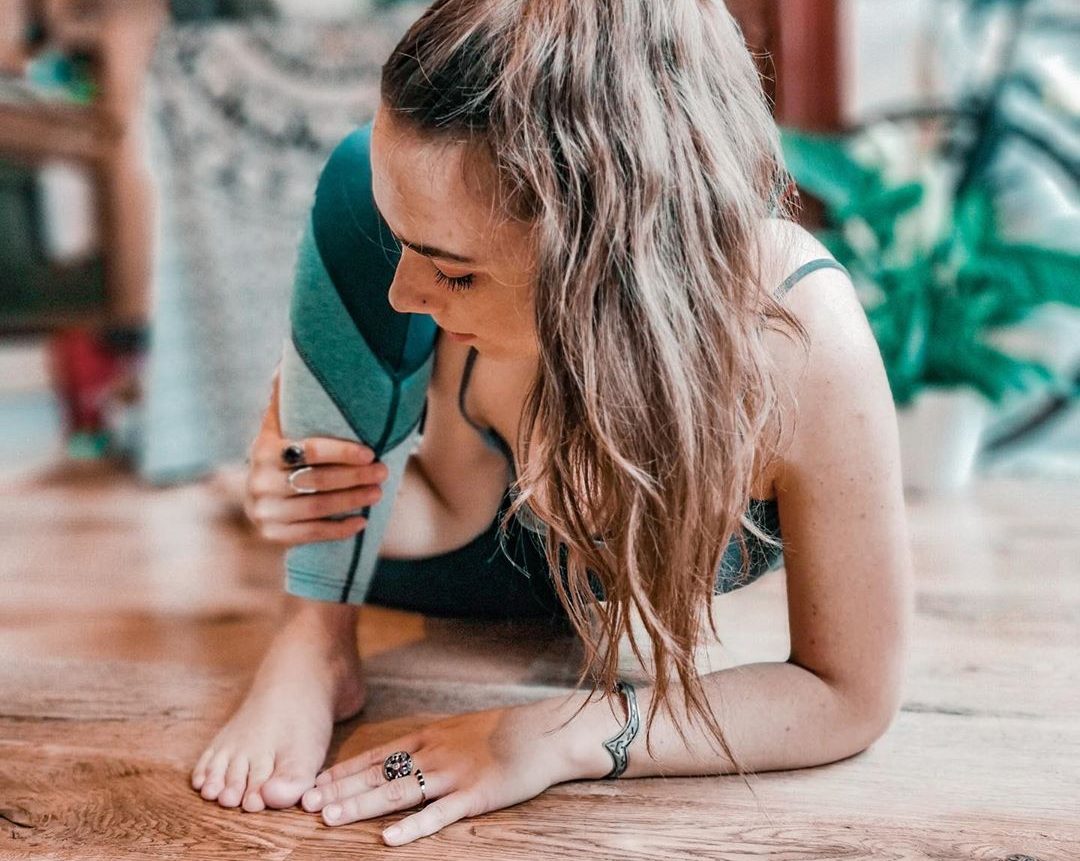
The hips are the base of our vital energy.
On the other hand, the Kundalini (life force) theory and most spiritual disciplines see the pool as the source of our life energy. One finds there in particular the 2nd chakra. It is also in this zone that the uterus is placed in the woman, the seat of life par excellence. It is therefore a place that represents creation and vitality.
Thus, it seems essential to mobilize this zone in order to :
- gain in energy
- be more in harmony
- to preserve its vitality and the youthfulness of its body.
The opening of the hips in yoga
Your hips are not open at all? Don't worry, it's very common! It's not an area you work on often, unless you've done dance or gymnastics, for example. However, it is important to keep in mind that this lack of opening of the hips is not a fatality.
You can work on opening your hips all your life through yoga postures.
However, this must be done gently to avoid stressing the body and injury. It is by stretching your hips regularly and for a long time that you will regain flexibility in this joint. Thus, the tendons will gradually regain their initial size. It is for this reason that we tend to work this area particularly in Yin Yoga classes, where the postures are held for longer periods of time.
The key word is of course softness and listening to oneself. It is not a question of forcing, but rather of going at one's own pace by listening to one's body and sensations. The idea is to find a stretch that is intense enough to "feel something" but weak enough not to hurt. Of course, you may feel a slight discomfort but it shouldn't become too great. If it does, go a little less far or stop the posture.
Also, flexibility can be different from one yoga class to another and sometimes even within the same session. You can see it in doggie style upside down: the first posture in your session is quite different from the last one. Your heels are a little closer to the ground, your legs seem more elongated. For the opening of the hips, it's the same. It takes practice and a lot of time to feel the difference.
It may not make you happy, but it can take years to gain flexibility. So don't set your goal too high, but respect yourself. This is the heart of yoga.
Then, to work on the openings of the hips, breathing is very important. Indeed, it makes it possible to slacken the muscles completely and to bring vitality in the blocked zones. A slow and deep abdominal breathing can therefore be very helpful in your progress. Finally, you can use yoga bricks to help you in certain postures without forcing.
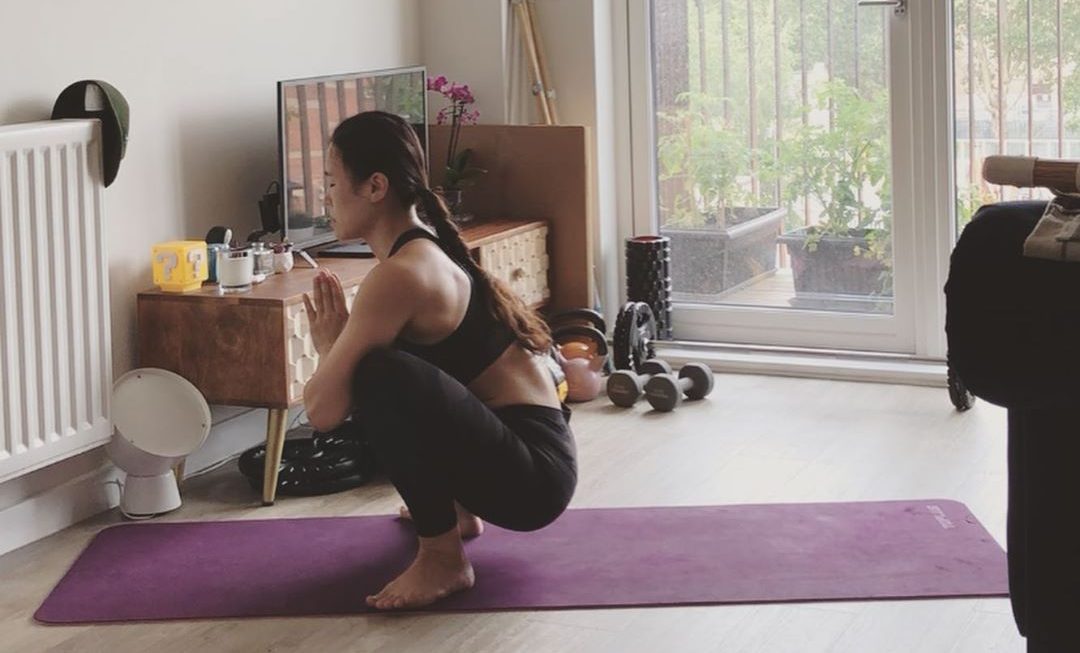
What are the hip opening postures?
There are a multitude of hip opening postures that are accessible to all levels of practice. So, in every yoga session, you usually work on this area of the body without realizing it. Here are some of the most popular postures:
- the triangle
- the garland
- the happy baby
- the warrior 2
- the dog upside down on 3 legs
- the low slot
- the frog
- the butterfly
- the side angle
- the pigeon
- the lizard
This doesn't speak to you at all? Then here's an explanation of some of these postures. You will also find other explanations among the blog posts.
Hip-opening posture: the butterfly
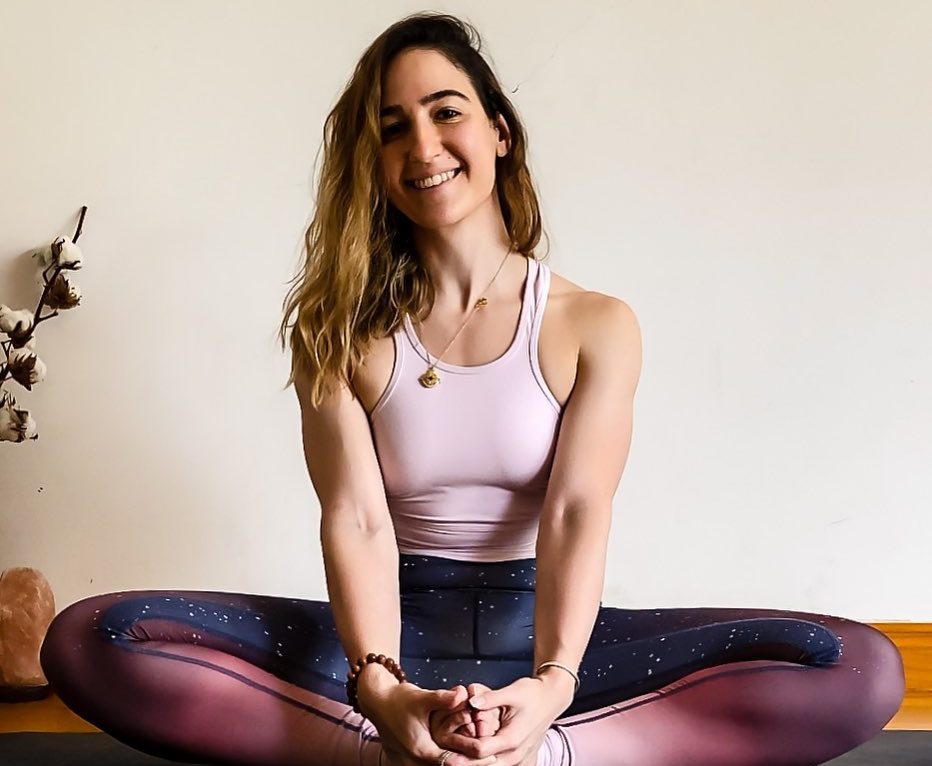
Join the soles of the feet facing you while sitting on your mat. Straighten your spine. Place your hands on your feet and let your thighs gently fall to either side of the mat. Gravity is working for you. You can accompany the stretch with slow, deep breathing.
Posture of the frog : explanations
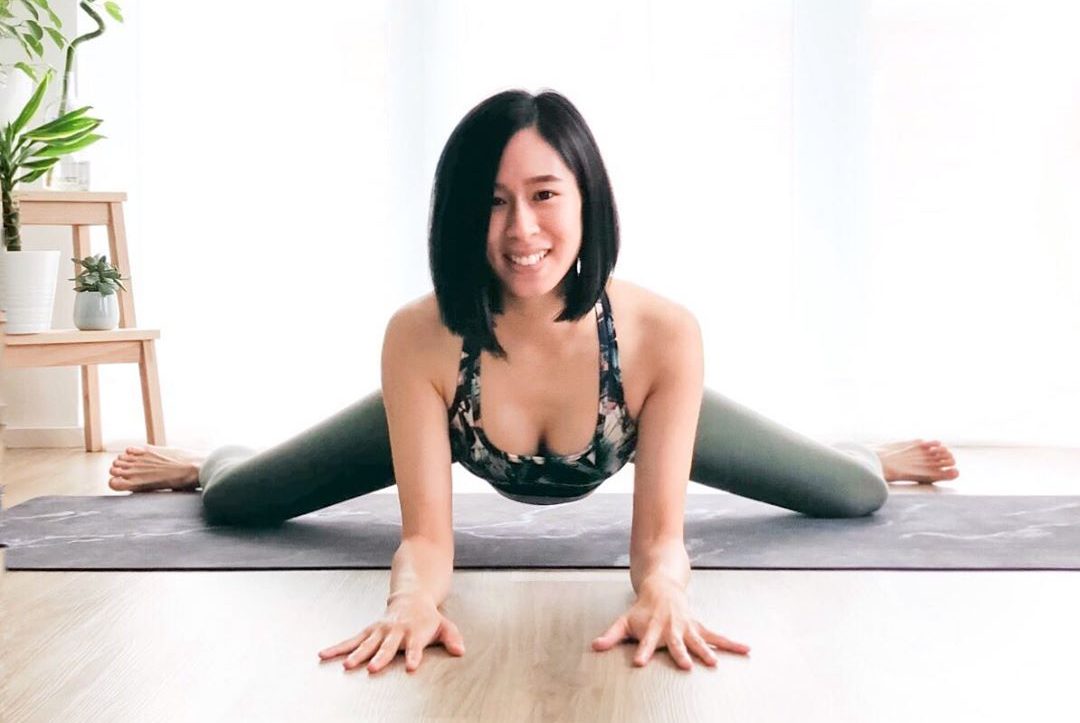
This posture can be quite intense and is not reserved for beginners. From the table position, spread your knees outward from your mat. The goal is for your feet to be on the same line as your knees so that your legs are at right angles to each other.
Bend your feet to protect your knees from injury. Then, move your torso forward by sliding your forearms and move your hips backwards towards your heels and towards the ground at the same time. The back will naturally arch. If this is uncomfortable, you can spread your legs a little further apart. Finally, this posture is sometimes painful at knee level, so you can place a blanket or cushion underneath to be more comfortable. Breathe deeply here. Then, take a resting posture like Balasana, legs closed.
Opening her hips: the low lunge
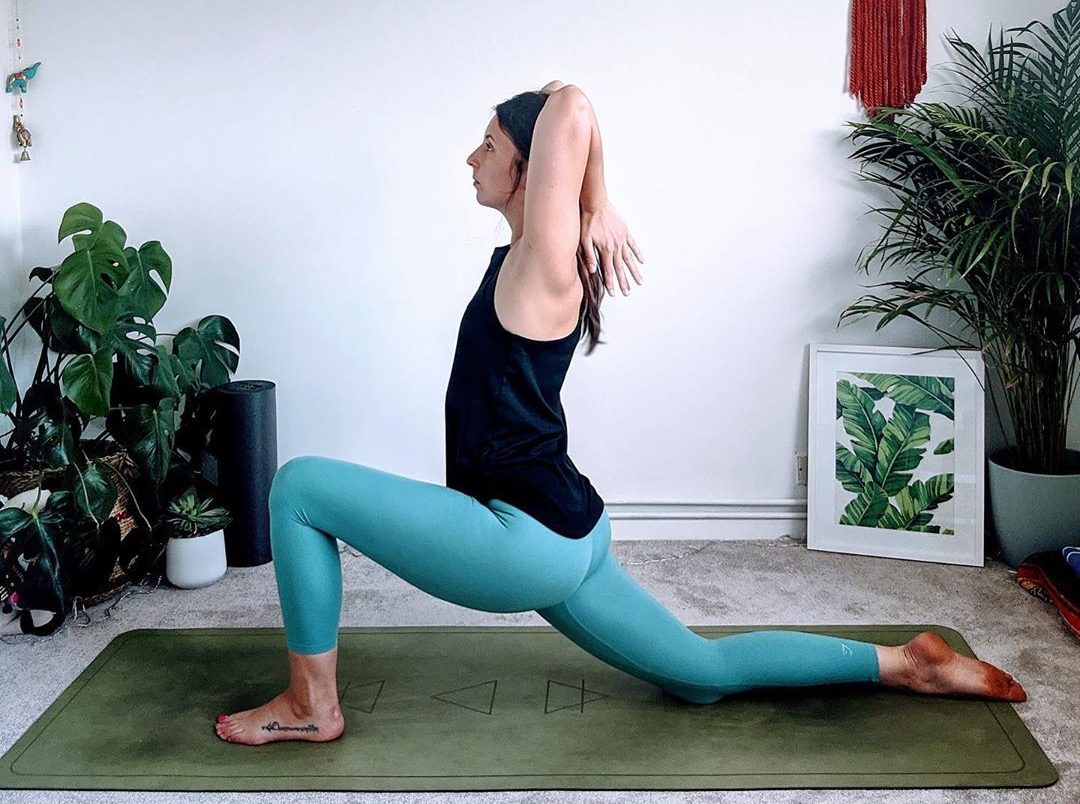
In the table position (four legs), move the right foot next to your right hand to the front of the mat. Then gently move your left leg backward. The knee and the top of the foot remain on the floor. Make sure your right knee is below your ankle and not forward. Here, straighten your chest and look forward. You can lean on your hands or fingertips. Breathe. Do the same posture with your left leg.
Opening your hips with yoga
Hip opening sessions will help to release both this area of the body but also the stored emotions. We will thus untie certain tensions and energy nodes. You will therefore be able to be particularly emotional during the session or one day after. I promise, it's for a good cause. Emotions are always better outside than stored inside the body.
Then, for prenatal yoga practitioners, this type of postures will be recommended to naturally help the pelvis open up for childbirth. On the contrary, in postpartum we will try to close this area by strengthening the perineum and "mula bandha" in order to avoid energy leaks.
If you are a man, you certainly have more difficulty with opening your hips and this is completely normal. Indeed, the hip joint in women is naturally more flexible because the pelvis must open to make room for the baby during childbirth. Our bodies are not made the same way.
Nevertheless, you can gradually work on this area and gain flexibility. It is not impossible! Even if it takes time and practice.
You may be depressed at the thought of the work you have to go through during your first yoga sessions. However, keep in mind that it's your path that matters most. Each yoga session will allow you to work on opening that area of the body and unlocking energy knots. So each session is just as important as the one that will allow you to touch the ground with your fingers without bending your legs?
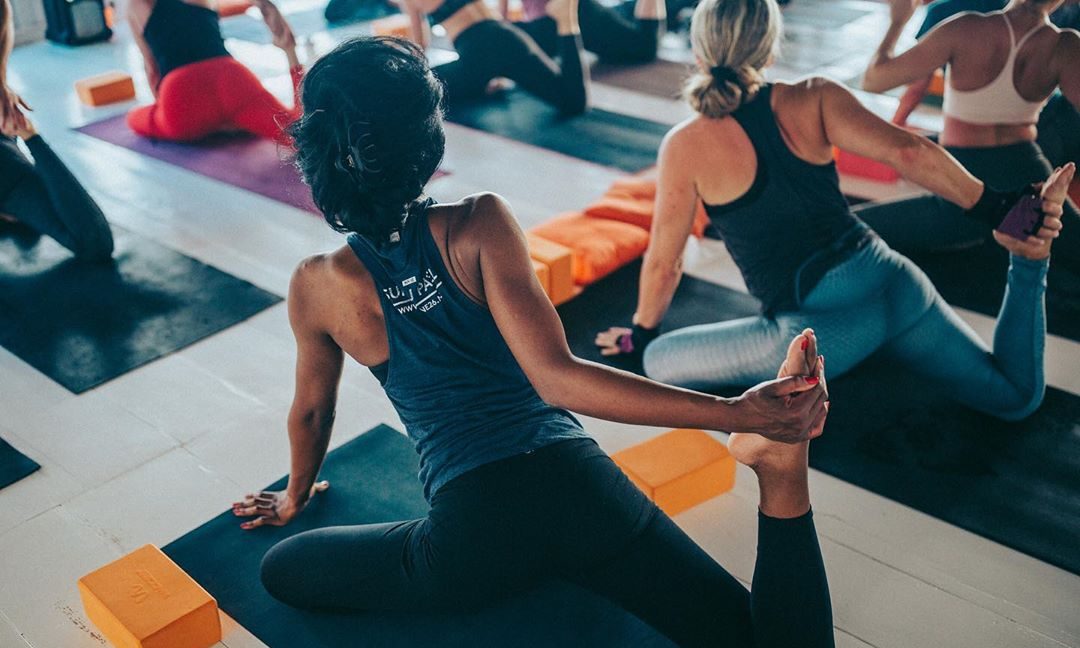
Often, some people feel that their knees are not supple (for example in the butterfly position) because they cannot go further in the posture. However, if you feel a stiffness in the knees, it is the hip area that is blocked. The lack of flexibility cannot really come from the knees. So by working on the hips, you will necessarily have more space and less stiffness in your knees. This is the area to target to solve this stiffness problem. You can opt for the Warrior II or Triangle posture to help you with this.
You now know a little more about opening your hips in yoga. All you have to do is practice the hip opening postures to release accumulated tension and detoxify your body! Do not hesitate to ask me your questions in comments, I would be happy to answer them.
